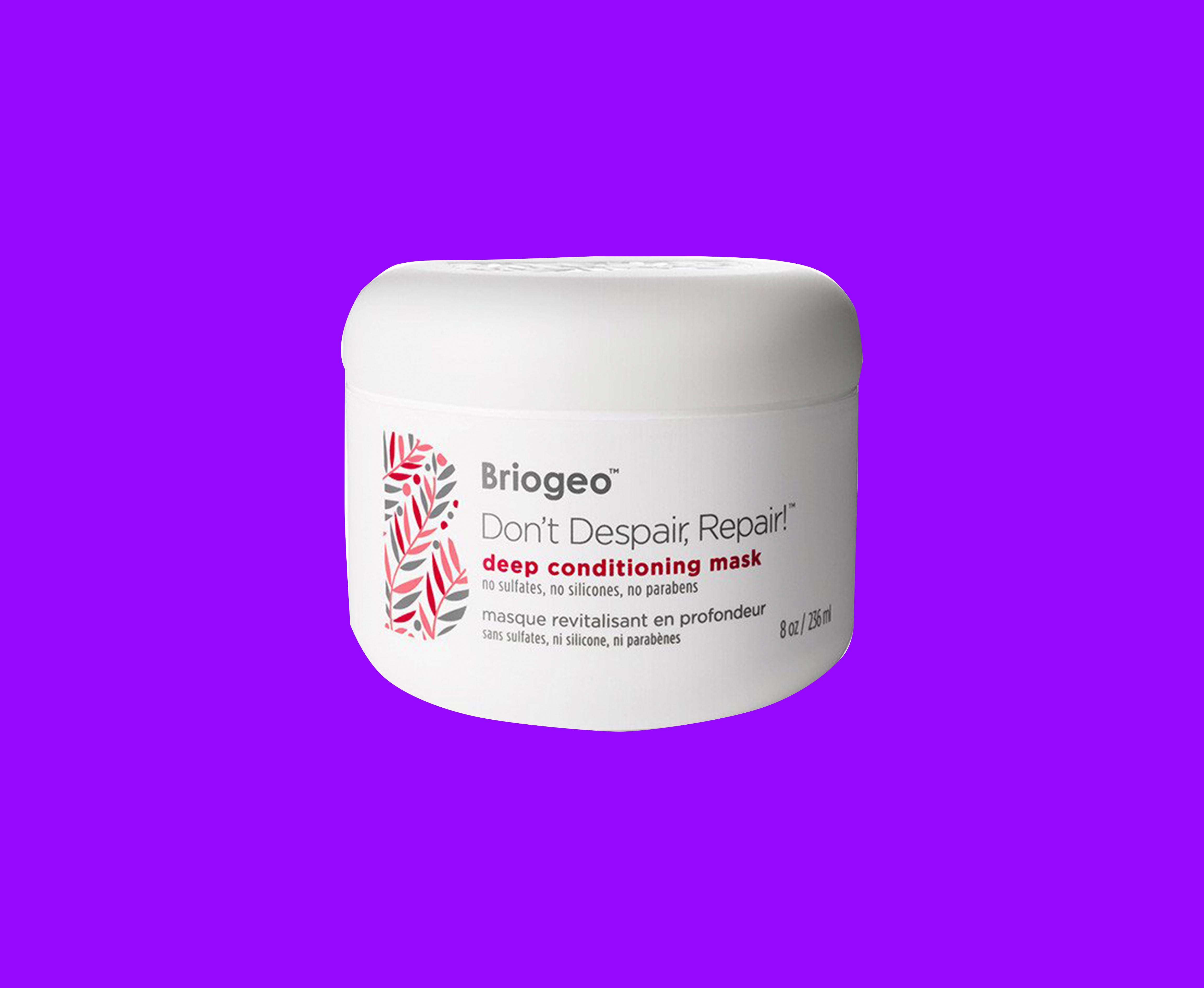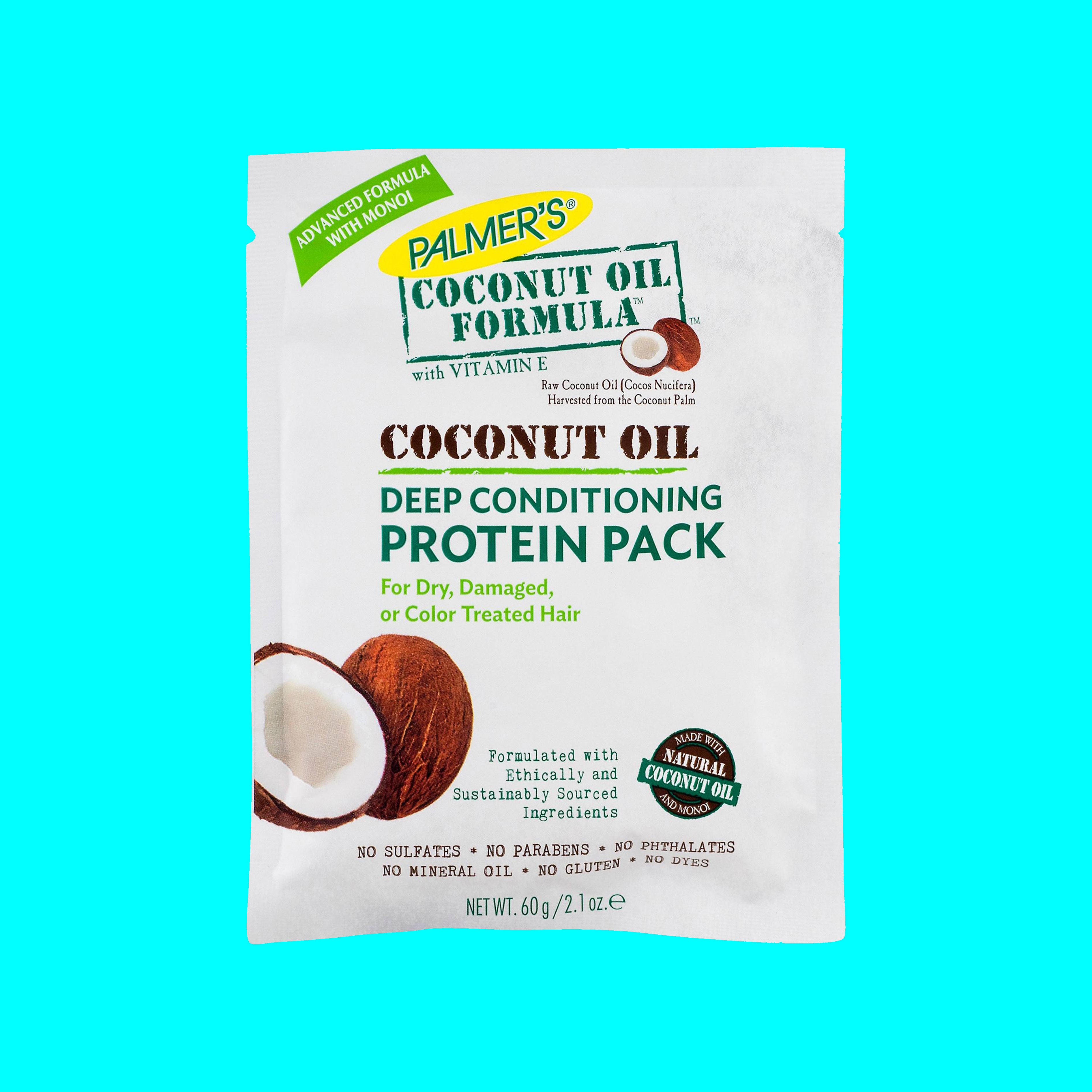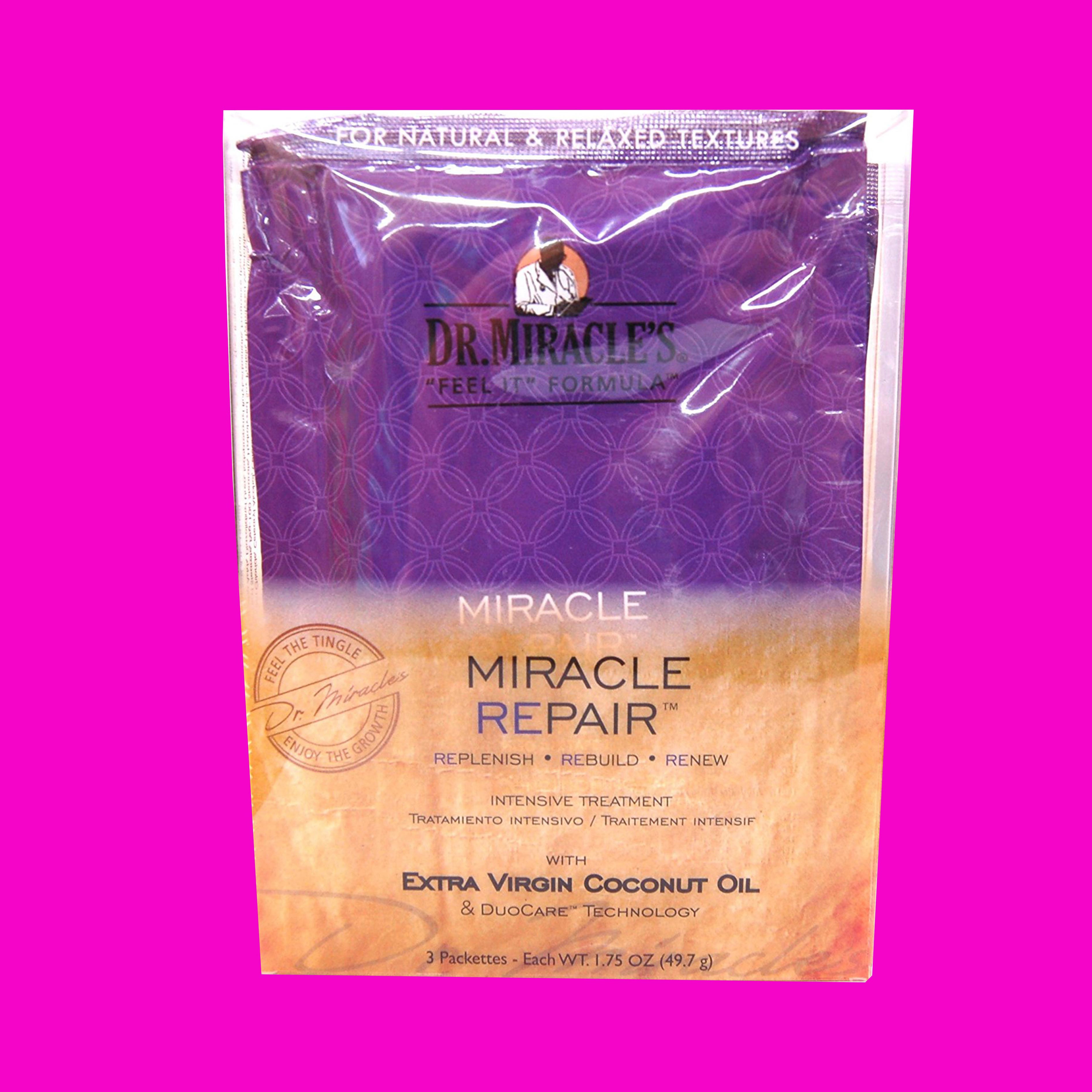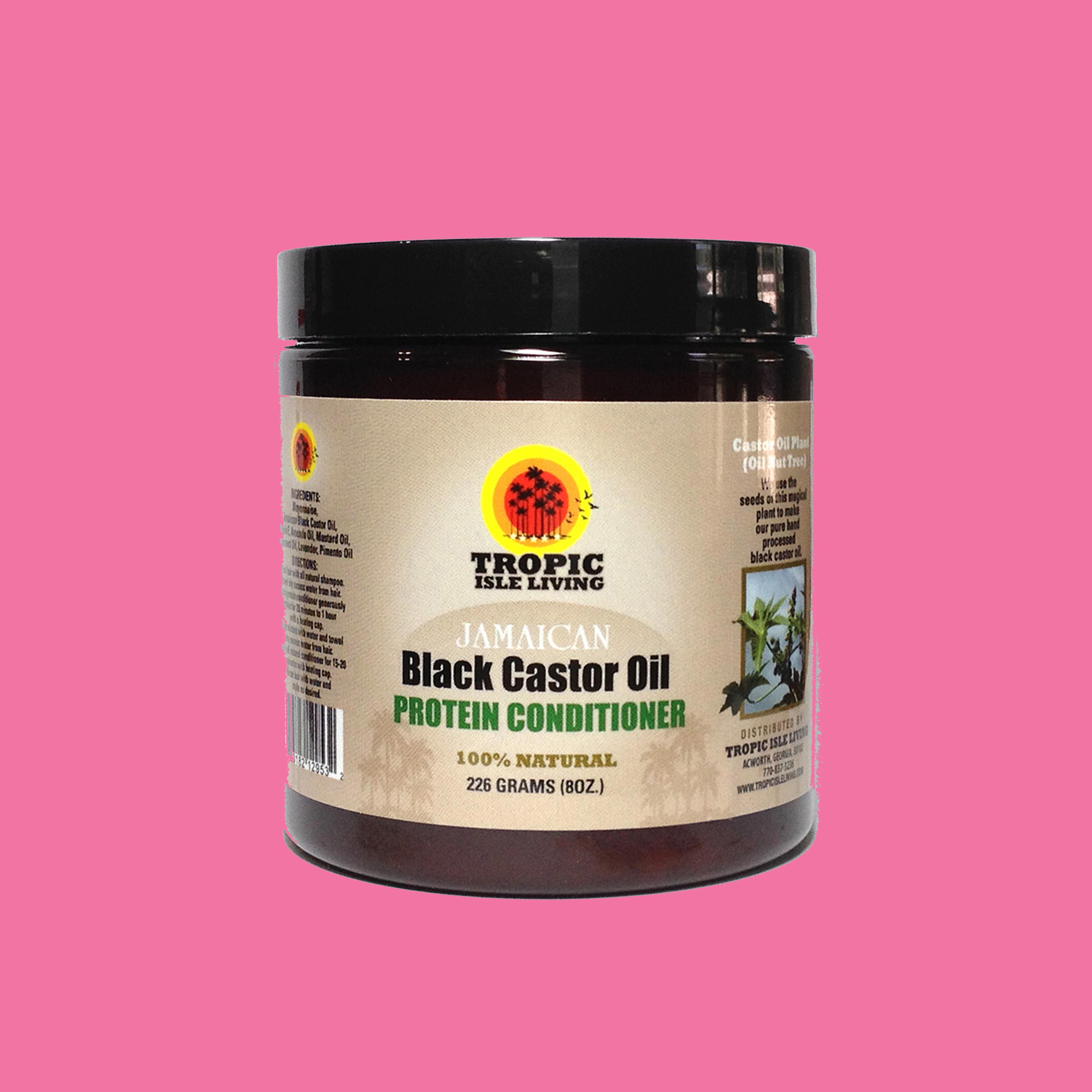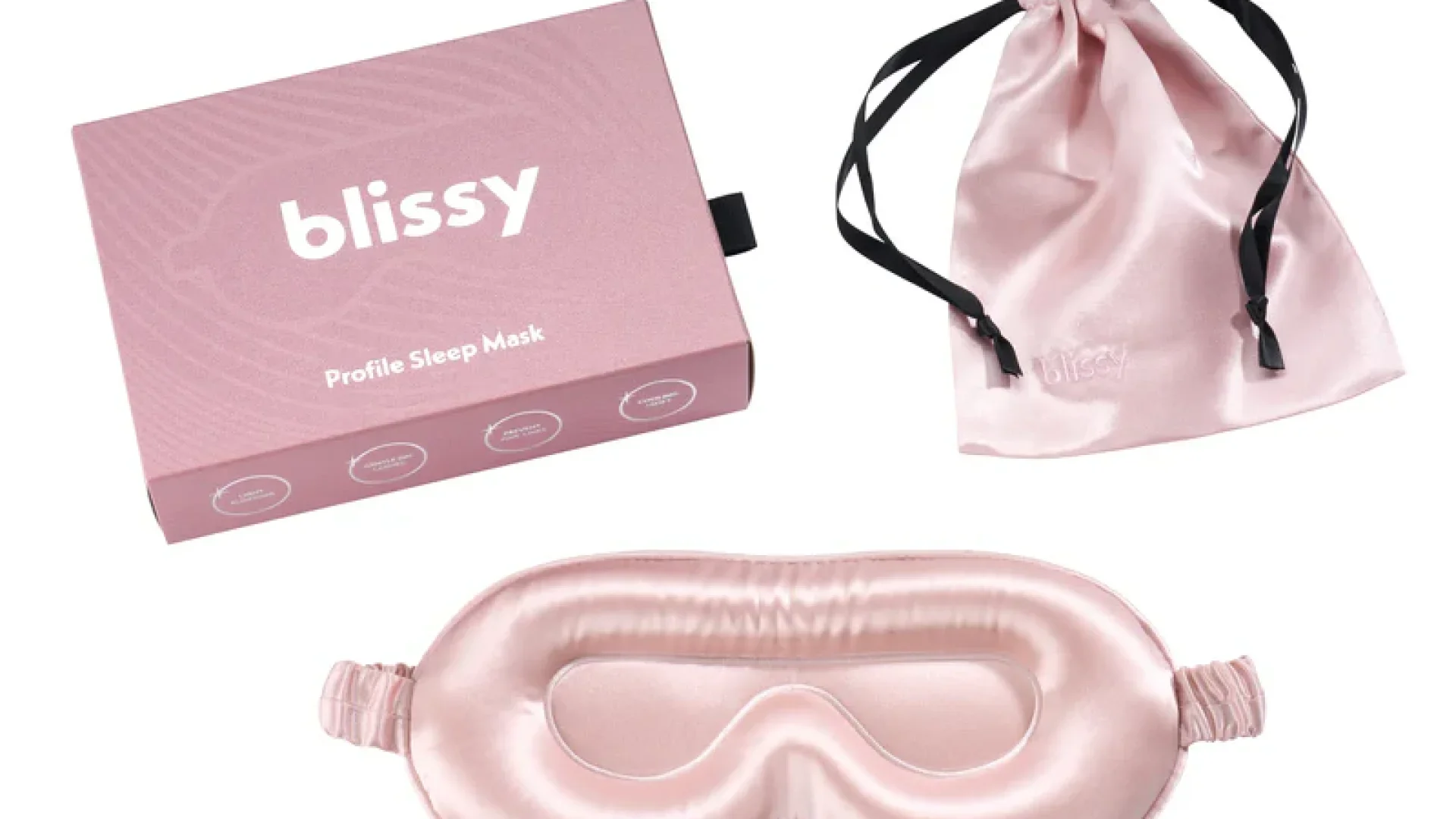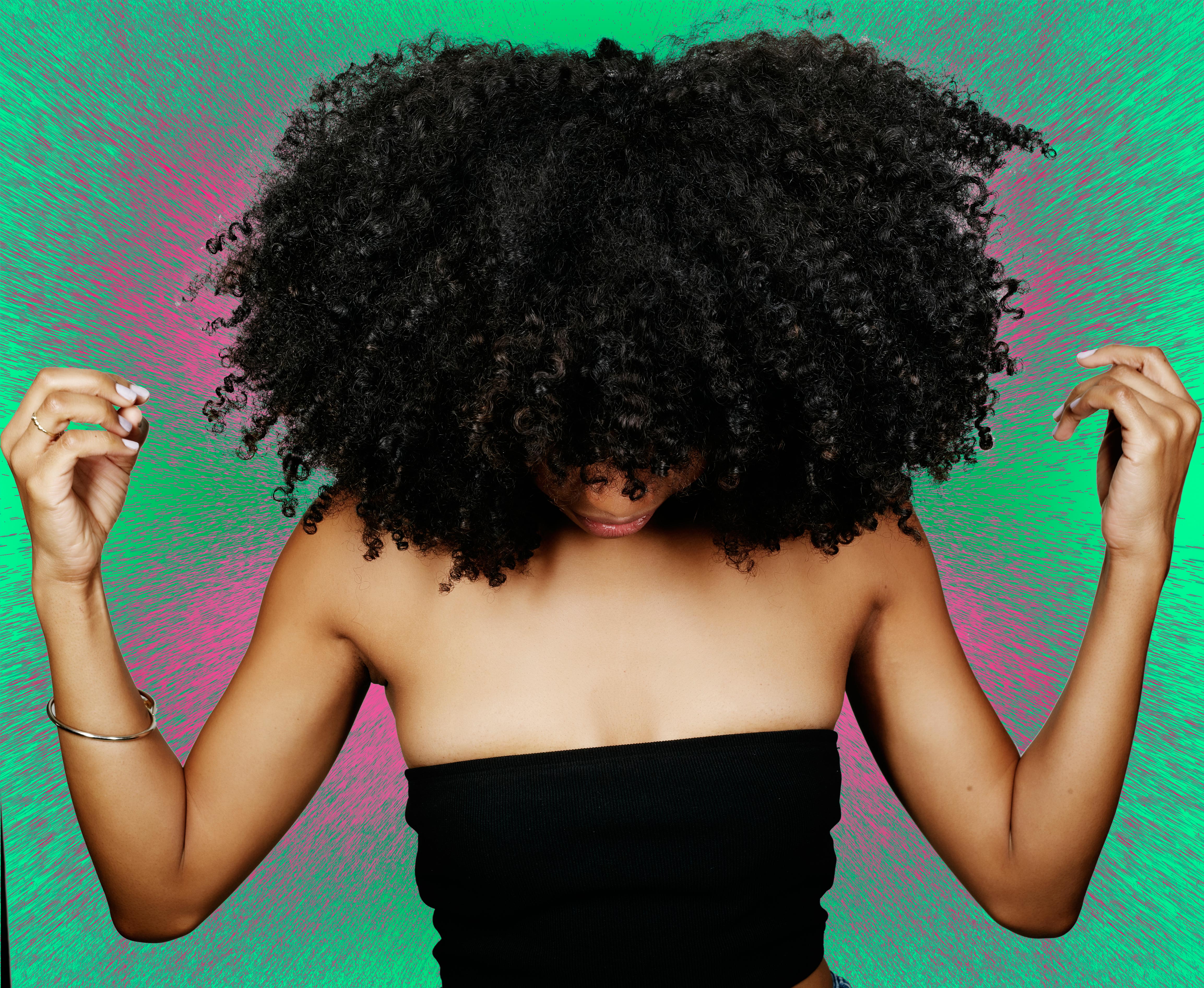
When you’ve got textured hair, there’s no shortage of terms, techniques and ingredients to know. Protein is one of them. Although it’s a reoccurring subject in curly girl circles, a lot of us are clueless as to what it is or how to use it.
And because the last thing anyone wants is a bad hair day, we’ve recruited trusted hair care blogger Courtney Danielle of Curls and Couture for a full breakdown of the coveted ingredient.
Protein Is In Your Hair’s DNA
Although our hair is already made of 90% protein, specifically keratin, it’s important to maintain a healthy routine that prevents harmful habits and products from damaging each strand.
“Protein helps to both strengthen and grow our hair by rebuilding the areas of our hair where the protein was lost from chemical processes and heat and by lengthening the growing or anagen phase of our hair to achieve length,” says Courtney.
Subscribe to our daily newsletter for the latest in hair, beauty, style and celebrity news.
“It’s important to have both a balanced diet that contains adequate protein recommended by your physician, but also topical treatments to make patch-up areas that have been broken down through chemical, thermal and physical manipulation.”
The Difference Between Protein Products and “Regular” Ones
Once you’ve grasped what protein is, finding a product for proper maintenance is the next step. Understanding product labels is the easiest way to differentiate a protein-rich one from your standard finds. For starters, protein-rich products typically boast benefits such as “repairing,” “reconstruction,” “strengthening” and “rebuilding” on the bottle or jar.
You should also see protein-specific components in the beginning of the ingredients list.
“A protein-rich product contains a hydrolyzed protein as one or more of it’s the active ingredients,” Courtney adds. “A good rule of thumb is that the ingredient having the higher percentages of the product will be listed first and the concentration of each ingredient decreases respectively as you move further down the label.”
All Textures Are Welcome
Although protein-rich products are safe and beneficial for every hair texture, there are a lot of factors that determine which one you should use, including the “type of protein (keratin, silk, etc.), the intensity of the protein treatment, the current condition of the hair at the application and how often it’s applied.”
She says, “Ask yourself if your hair damaged or healthy? Is it coarse, medium or fine? High, medium or low porosity? Is it chemically treated, consistently manipulated and thermally compromised?”
Courtney recommends a protein pack or light treatment for slightly damaged and over manipulated tresses, while deeper treatments work best on chemically treated or heat compromised locks.
Lastly, listen to your hair! How often you apply a treatment will depend on what your individual habits are. “I use my protein treatments based on what my hair is telling me…Ideally, I treat my hair once every 4-8 weeks depending on how it feels,” says Courtney.
Keep reading for her top five protein treatment recommendations and subscribe to Curls and Couture for more tips and tricks!
